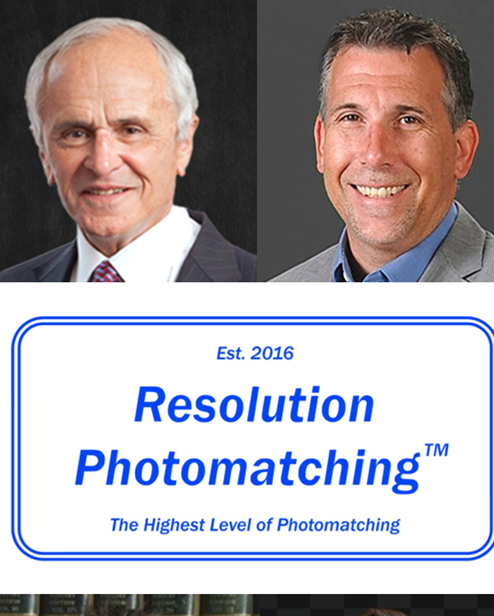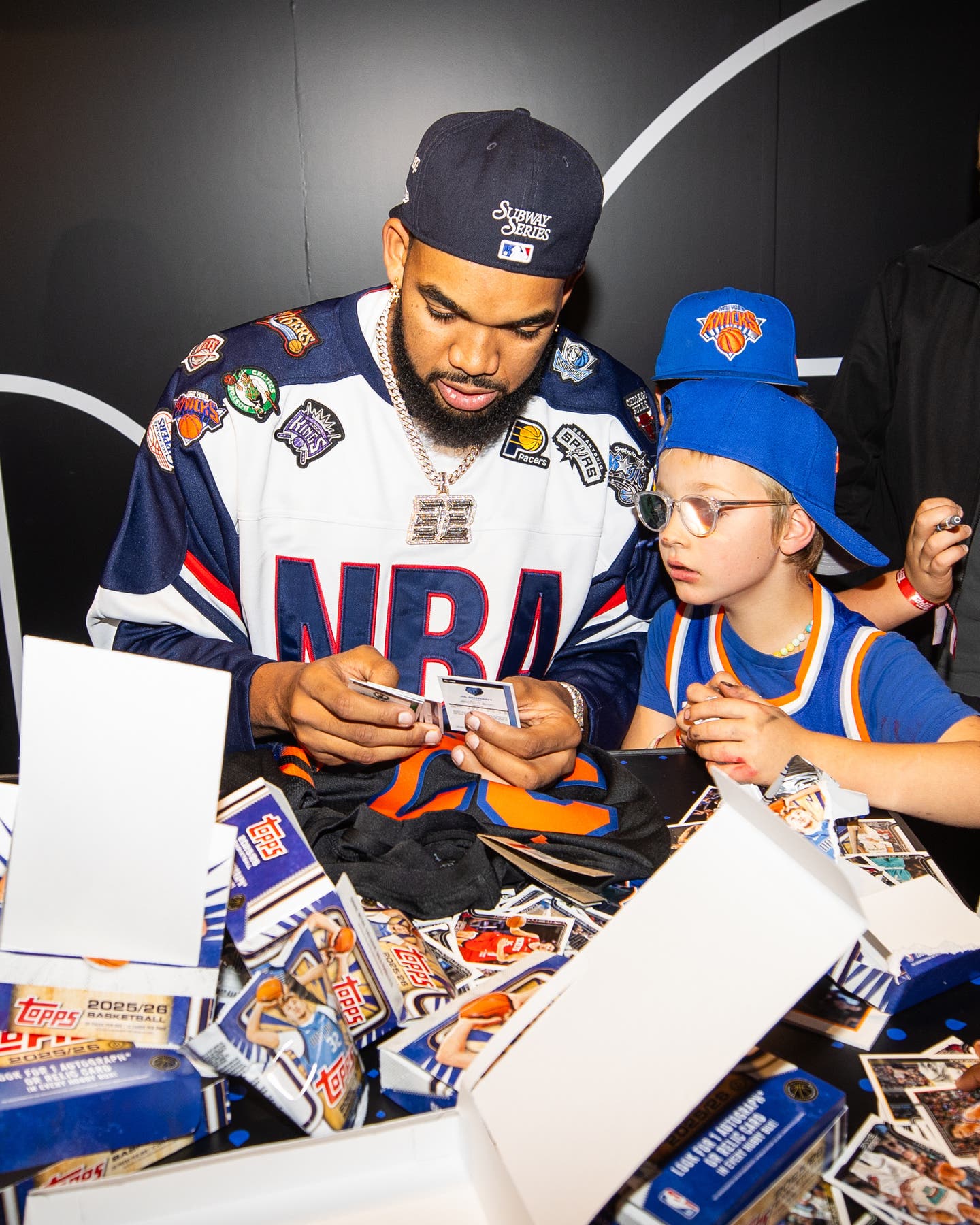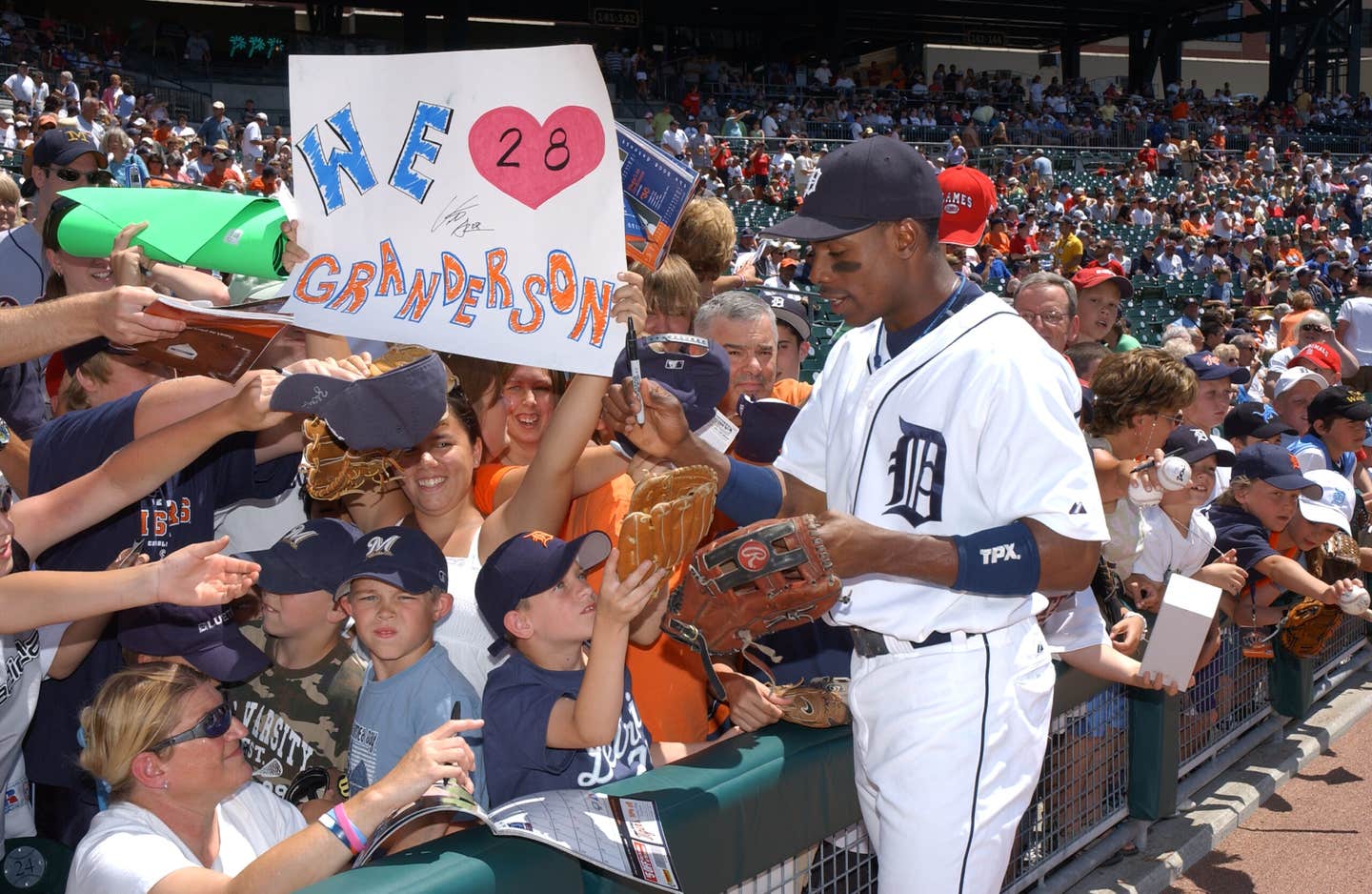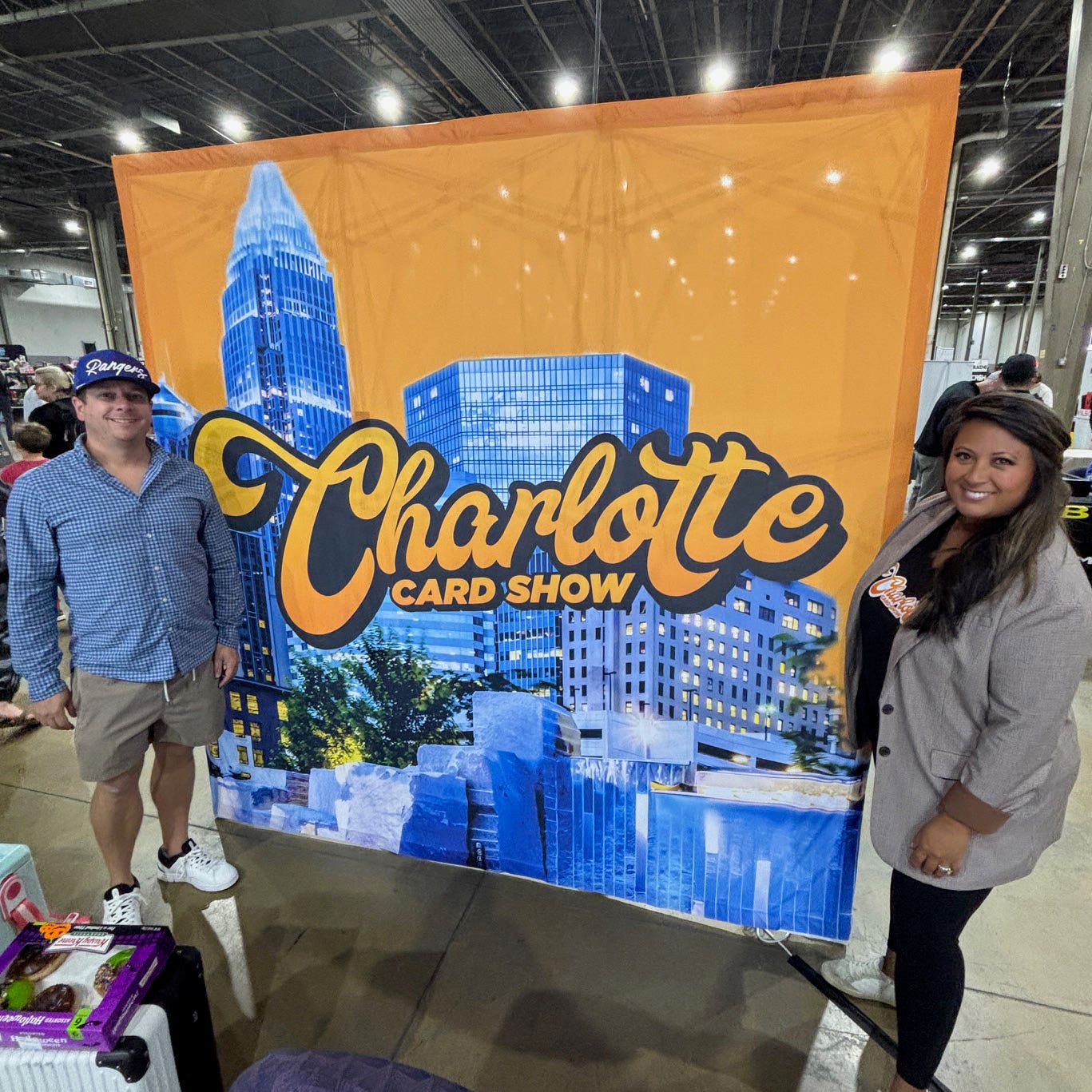Fraud Issues
The 1998 Home Run Chase: A Perfect Storm for Counterfeiters
By Kevin Nelson
(Editor’s note: This is the third in our series on Operation Bullpen and the national forgery ring whose impact on the hobby continues to be felt today.)
Every athlete’s signature can be forged; if there is a market for the autograph, a crook will learn to forge it, even if the payoff is tiny. One of the forgery products offered by the Operation Bullpen crew was a baseball supposedly signed by ex-Boston Red Sox infielder Rico Petrocelli. Its asking price: $10.
The FBI estimated that in five years the Bullpen ring defrauded the American public for $100 million in the 1990s. Clearly they didn’t achieve these impressive figures by selling Rico Petrocelli balls; they got there by selling superstars.
As a general rule, forgers tend to focus their efforts on the big names. It takes time to learn how to fake a person’s signature well, and the best return on their time came from the superstar signatures. They could learn the signatures of Fred Couples or Davis Love III (and, no doubt, some have), but why bother when the fakes of Arnold Palmer or Jack Nicklaus brought in so much more cash? (The photo accompanying this article, of the fake-signed Palmer golf shoe and the Nicklaus ball shown above, was taken by the FBI after its 1999 bust of the Bullpen gang.)
This rule applies to all sports, including boxing, where Muhammad Ali’s signature is the gold standard. Unfortunately, that standard has been corrupted over the years due to forgeries such as the one you see here – Ali in action against a Japanese wrestler late in his career. By comparison, check out the Ali signature of him with the FBI cap on; that one is real.
Ali came to San Diego to consult with the FBI during phase two of its Operation Bullpen investigations; this was when this picture was snapped and signed. (And like all these photos, the FBI gave it to me when I was researching my book, Operation Bullpen: The Inside Story of the Biggest Forgery Scam in American History. Several of the forgeries shown here – Palmer-Nicklaus, the Jordan jersey and the Sosa balls – have not been made public until now, to my knowledge.)
Superstar signatures are almost always in demand, and sometimes that demand is extraordinary. The start of the FBI’s major investigations into the hobby occurred during the 1996 NBA season when Michael Jordan, having returned to basketball after an unsuccessful stint in baseball, led the Bulls to the first of three consecutive NBA titles (adding to the three he had already won with the team). His sensational return also inspired a band of Chicago-area crooks to go into the Michael Jordan forgery business, selling jerseys, posters, shoes, Wheaties boxes and anything else they could put their hands on and sign. The Chicago FBI busted the ring that same year.
The Chicago investigation, code-named Operation Foul Ball, led to Operation Bullpen, conducted by the San Diego FBI, which was more intensive and national in scope. As it happened, the San Diego investigation coincided with one of the biggest sporting spectacles of its time: The 1998 home run chase by Mark McGwire and Sammy Sosa, in which both men surpassed the major league single-season home run mark with amazing displays of batting prowess.
Although allegations of steroid use have since doused the reputations of both players and thrown cold water over their records, the chase set off what might be described as “a perfect storm” for the forgery racket, for it paired big-name superstars with seeming unquenchable public demand. Then and now, this is why widespread fraud occurs and why forgery will always, sadly, be part of the collecting hobby: The public itself. The public’s appetite for superstar-signed material is simply too vast to be filled legitimately – that is, by the superstars themselves. (As one investigator joked, “If Michael Jordan had signed all the things he is supposed to have signed, his arm would have fallen off.”) So the crooks step in to feed the need.
This was true with Jordan, and it was true during the home run chase. Almost as soon as McGwire hit home run No. 70, setting what was then a single-season record, the crooks were producing posters with his bogus signature on them. Ditto for Sosa. One of the balls shown here is marked “HR# 62 and dated 9/13/98.” Thousands upon thousands of these balls went on sale around the country days and weeks after this date.
From a criminal perspective, that’s pretty audacious stuff. Of course, the Bullpen crew never lacked for, uh, audacity. Next week we’ll look at three of their more audacious forgeries: Joe DiMaggio, Ted Williams and Mickey Mantle.
Kevin Nelson is the author of Operation Bullpen: The Inside Story of The Biggest Forgery Ring in American History.
Here are the two previous installments in Nelson’s series:
• Operation Bullpen, and Why Forgers Don’t Always Hit the Sweet Spot
• How To Trick People and Get Away With It: The Art and Craft of the Forger








